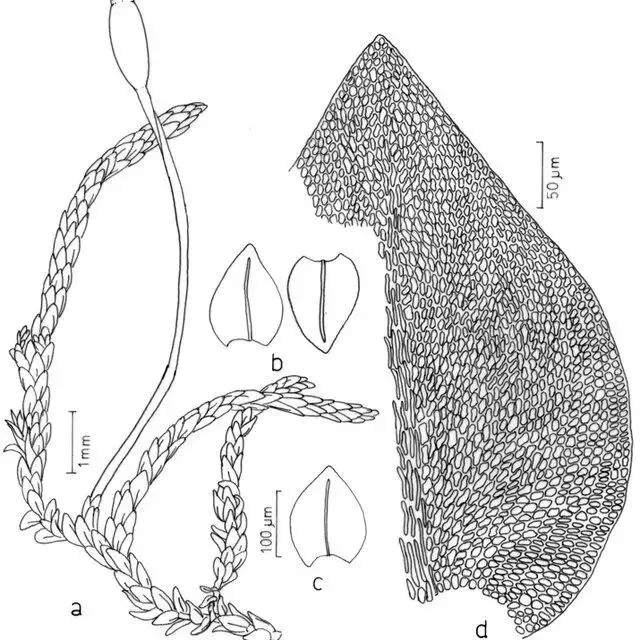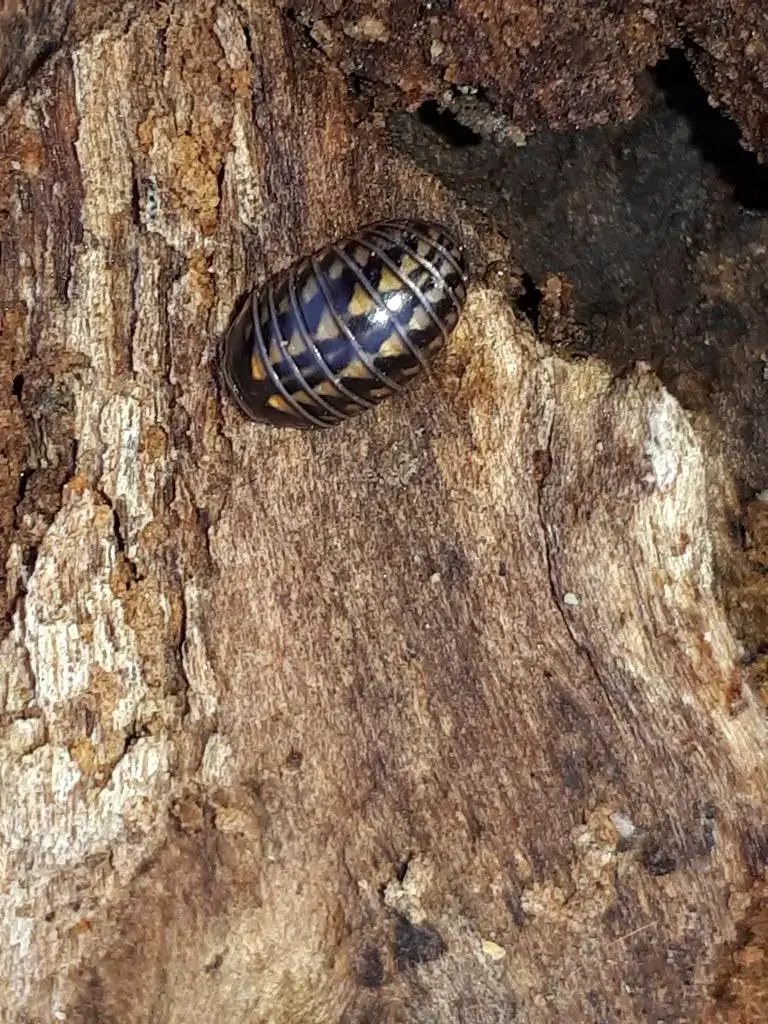
51239405458_fa1ffa06a2_b.jpg from: https://www.flickr.com/photos/12639178@N07/51239405458/
Exploring the Fascinating World of Orthostichella hexasticha Moss
Introduction
Have you ever stopped to admire the tiny, intricate plants growing on trees and rocks? There’s a good chance some of those miniature marvels are mosses. Today, we’re going to dive into the captivating world of one particular species:

Figura-3-Dimerodontium-pellucidum-Schwaegr-Mitt-a-aspecto-geral-do-gametofito-com_Q640.jpg from: https://www.researchgate.net/figure/Figura-2-Rhynchostegium-ambiguum-Schwaegr-WR-Buck-a-aspecto-geral-do-gametofito_fig2_237363226

51240257935_4248ace1a0_b.jpg from: https://www.flickr.com/photos/12639178@N07/51240257935/
Orthostichella hexasticha, a moss in the Orthostichellaceae family. Get ready to be amazed by this small but mighty plant!
Background on Mosses

51240220515_3edc742974_b.jpg from: https://www.flickr.com/photos/12639178@N07/51240220515/
Before we get into the specifics of O. hexasticha, let’s cover some moss basics. Mosses are non-vascular plants in the division Bryophyta. Unlike other plants, they lack true roots, stems, and leaves. Instead, they have root-like rhizoids, stem-like structures, and leaf-like phyllids. Mosses are found all over the world in a variety of habitats.

51239204451_609df2c784_b.jpg from: https://www.flickr.com/photos/12639178@N07/51239204451/

169396.jpg from: https://inpn.mnhn.fr/espece/cd_nom/786472/tab/fiche
Morphology and Identification
Orthostichella hexasticha is a pleurocarpous moss, meaning its sporophytes (spore-producing structures) grow on short side branches rather than at the tips of the main stems. The phyllids are arranged in neat rows of six (hence the species name “hexasticha”, meaning six rows). The phyllids are lance-shaped with fine, hair-like tips.

25068001036_ec7cb94b9d_b.jpg from: https://www.flickr.com/photos/12639178@N07/25068001036/
O. hexasticha has a creeping growth habit, forming dense mats on its substrate. Its stems can reach 2-5 cm long. The species is dioicous, with separate male and female plants. Sporophytes are uncommon.
Global Distribution and Habitat

maxresdefault.jpg from: https://www.youtube.com/watch?v=b_QoSWMrfww
Orthostichella hexasticha has a wide distribution across the Americas, Africa, and Asia. It is found in tropical and subtropical regions at low to mid elevations (sea level to 2000 m). This moss grows as an epiphyte on the bark of trees and shrubs. It prefers humid, shaded environments like cloud forests and rainforests.
Ecological Roles and Adaptations
Like other epiphytic mosses, O. hexasticha plays important roles in its ecosystem:
- Provides habitat for micro-organisms
- Helps regulate moisture and temperature for its host tree
- Captures and cycles nutrients

pill-millipede-glomeris-hexasticha-on-wood-germany-TR6DKN.jpg from: https://www.alamy.com/pill-millipede-glomeris-hexasticha-on-wood-germany-image255224697.html

51239365793_76aa477e8a_b.jpg from: https://www.flickr.com/photos/12639178@N07/51239365793/
O. hexasticha has several adaptations for its epiphytic lifestyle:
- Dense mats help retain moisture
- Rhizoids anchor it to bark
- Tolerates periods of desiccation
Conclusion
Who knew something as tiny as a moss could be so intriguing? Orthostichella hexasticha may be small, but it has a big impact in its ecosystems across the globe. Next time you see moss growing on a tree, take a closer look – maybe you’ll spot the distinct six rows of phyllids that make O. hexasticha unique! What other secrets do you think the world of mosses holds?